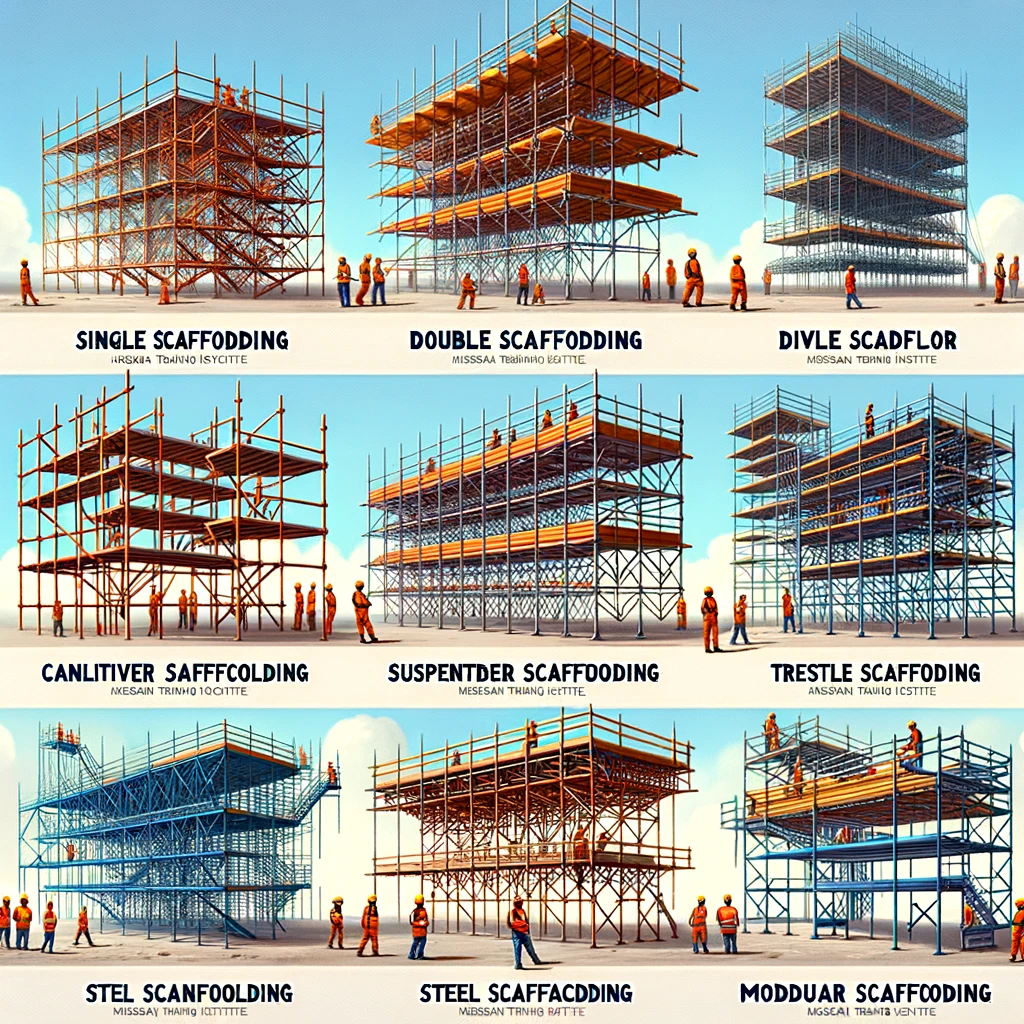
Scaffolding is a temporary structure used to support workers and materials during the construction, repair, or maintenance of buildings and other structures. It is essential for ensuring safety and efficiency in construction projects, allowing workers to access hard-to-reach areas. This article explores the history of scaffolding, its types, and its evolution over time.
History of Scaffolding
The history of scaffolding dates back thousands of years. Ancient civilizations like the Egyptians, Greeks, and Chinese used rudimentary scaffolds made from wood and ropes to construct iconic structures such as the pyramids and temples. During the Middle Ages, scaffolding evolved with the use of more sophisticated designs to build cathedrals and castles.
In the 20th century, the introduction of steel and aluminum revolutionized scaffolding, making it more durable and versatile. Modern advancements include modular scaffolding systems, which are easy to assemble and disassemble, and improved safety features such as guardrails and locking mechanisms.
Types of Scaffolding
Single Scaffolding
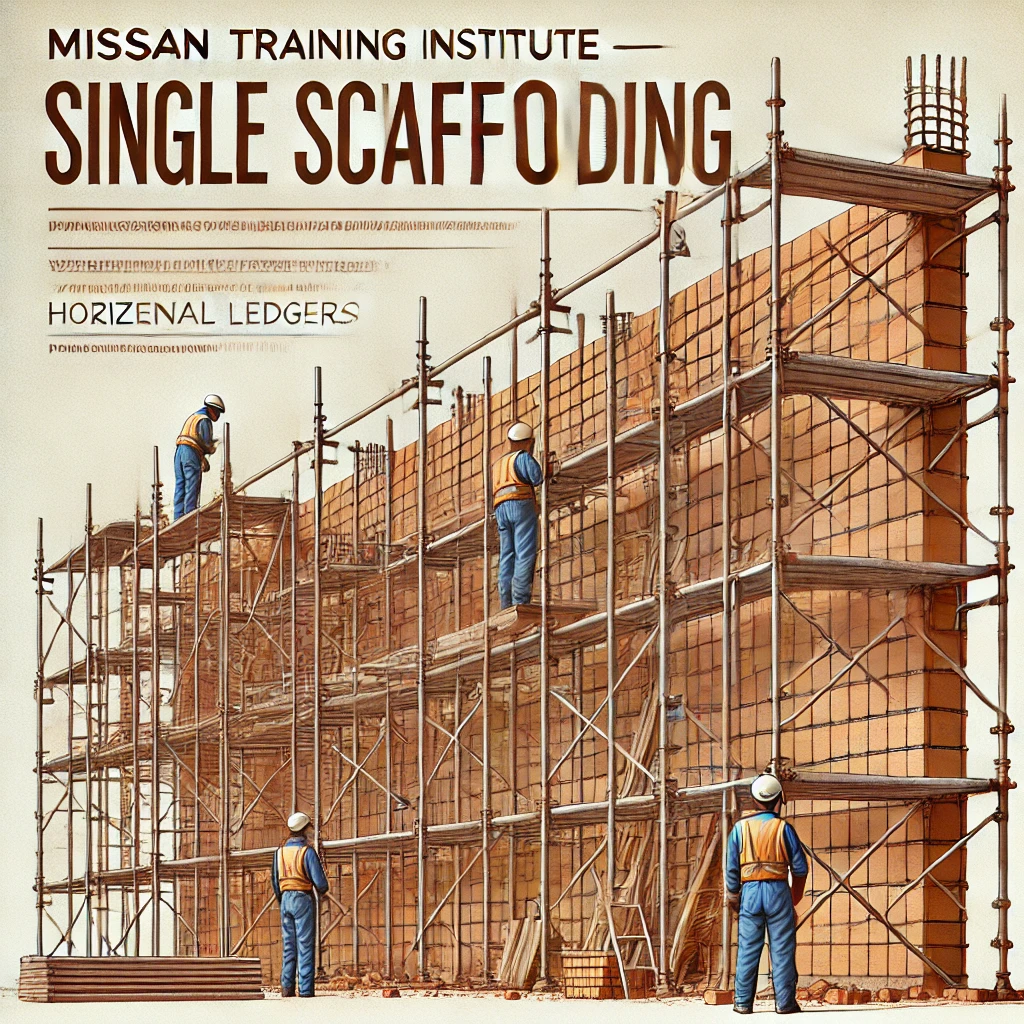
Description: Commonly used in brickwork, single scaffolding consists of a single row of vertical supports, called standards, connected by horizontal ledgers.
Applications: Suitable for smaller projects and structures with limited height requirements.
Double Scaffolding
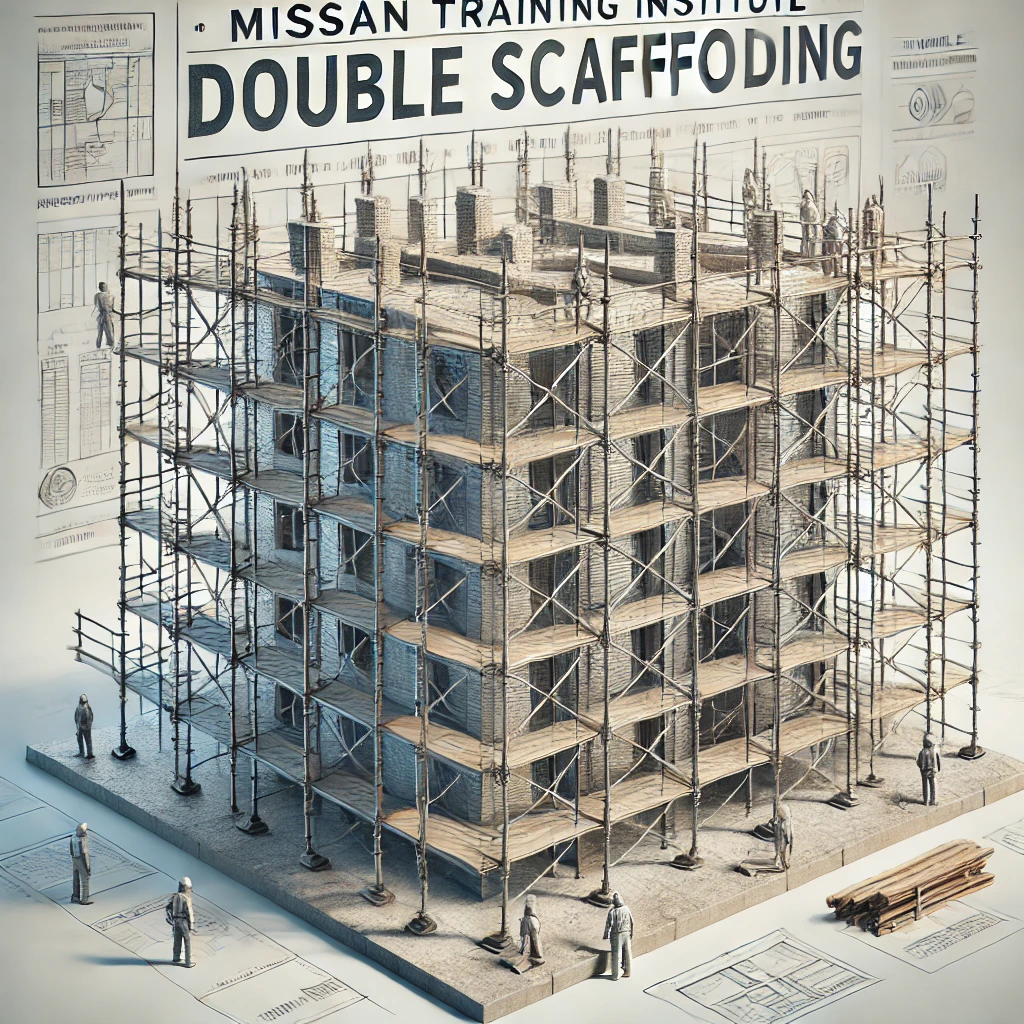
Description: Often used in stone masonry, this type involves two rows of vertical supports for added stability.
Applications: Ideal for projects where the wall surface is uneven or difficult to support.
Cantilever Scaffolding
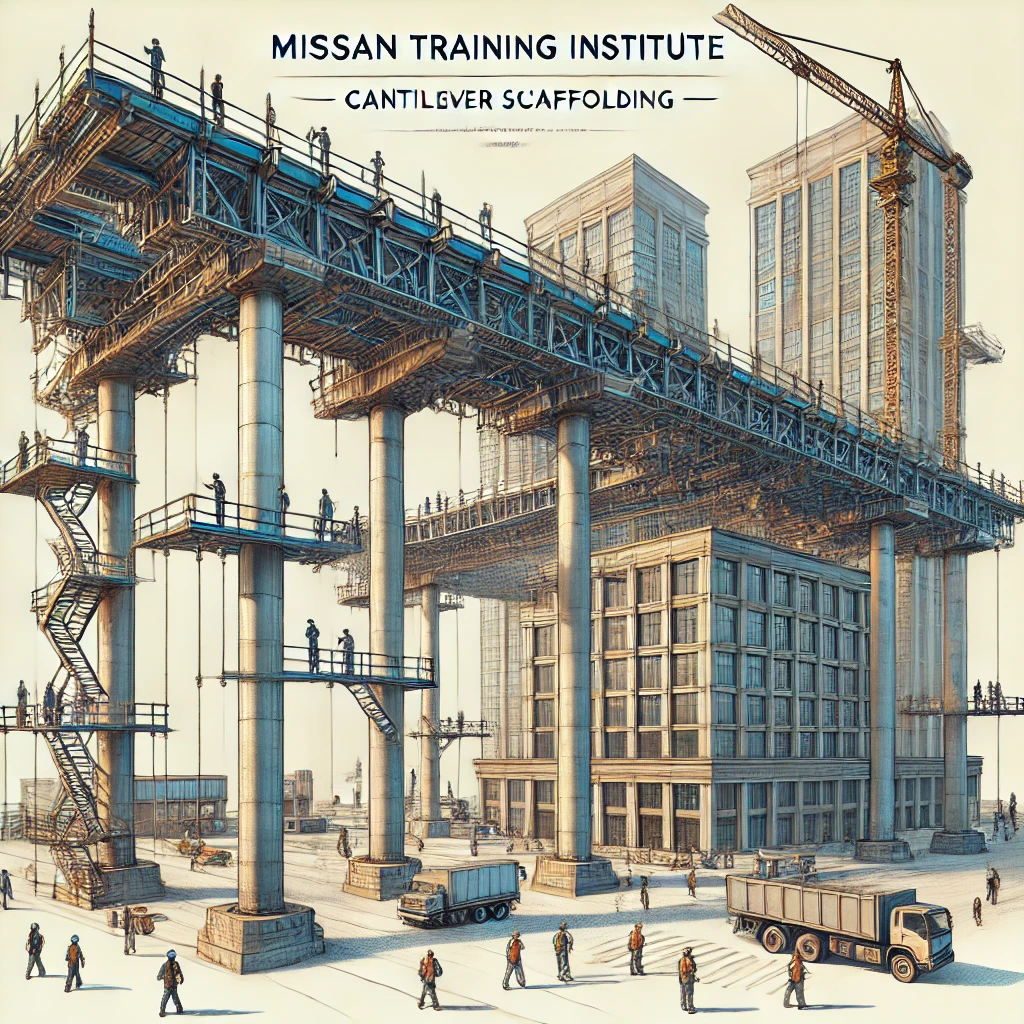
Description: Supported at one end, cantilever scaffolding is used when the ground cannot bear the scaffold’s weight.
Applications: Useful for projects on busy streets or near tall buildings where ground access is limited.
Suspended Scaffolding
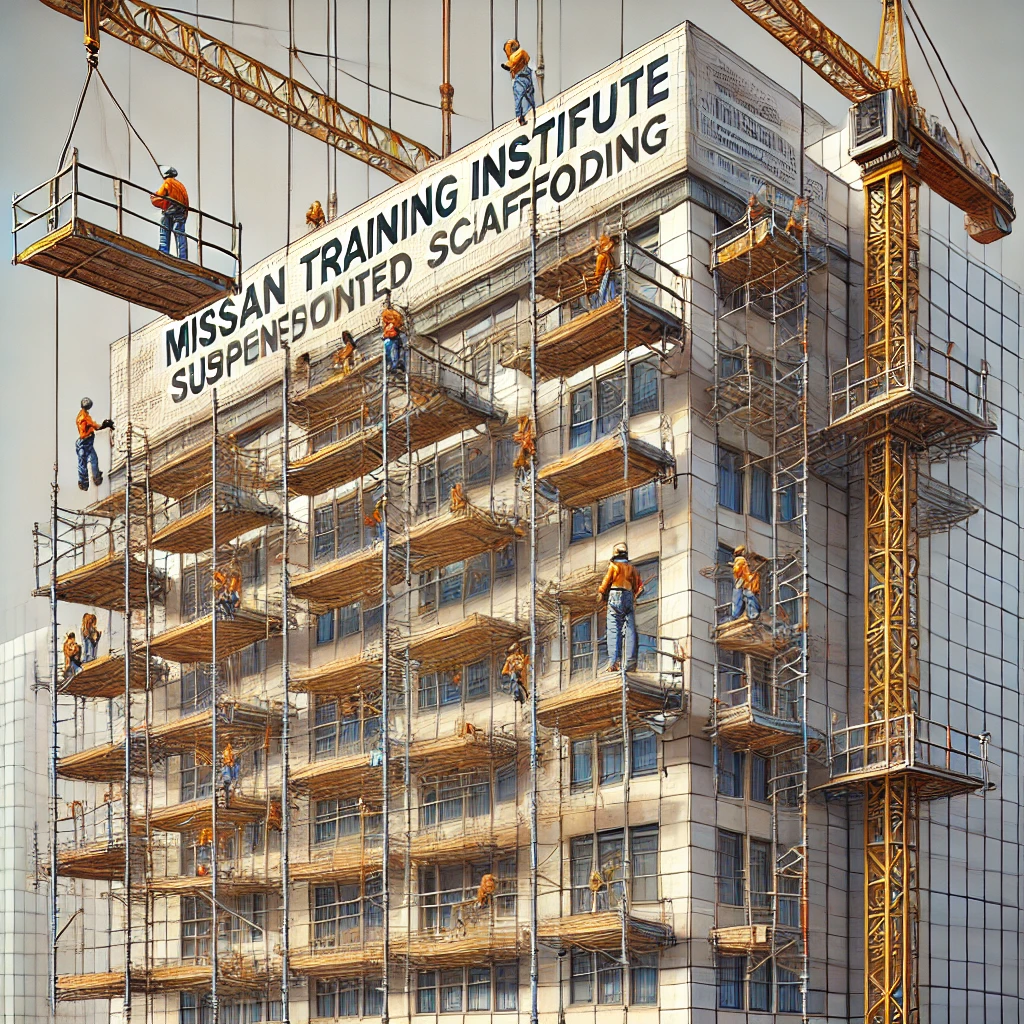
Description: Platforms are suspended by ropes or chains, allowing workers to move the scaffold vertically.
Applications: Commonly used for painting, cleaning, and repair work on tall buildings.
Trestle Scaffolding
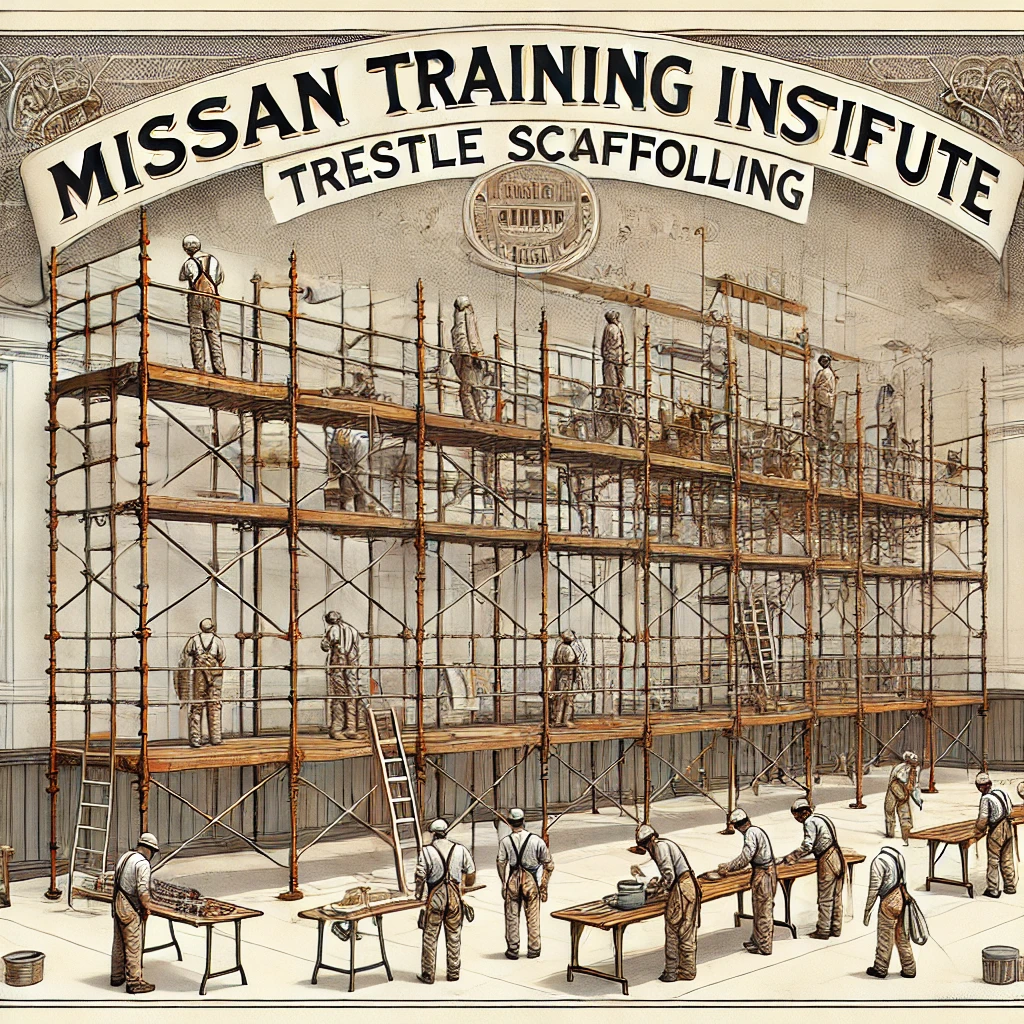
Description: Consists of movable platforms supported on tripods or ladders.
Applications: Used indoors for light work such as painting or plastering.
Steel Scaffolding
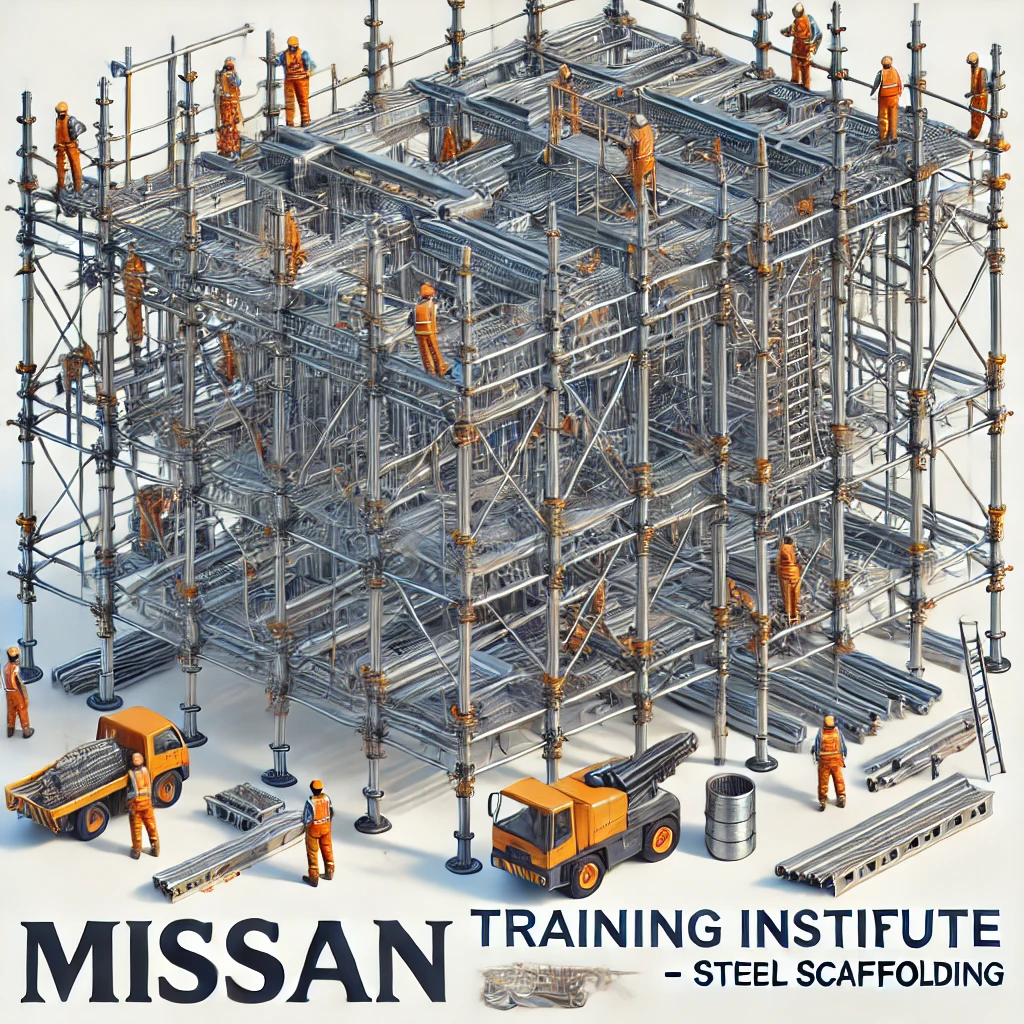
Description: Made of steel tubes and couplers, this type is highly durable and versatile.
Applications: Preferred for heavy-duty projects and structures requiring high safety standards.
Modular/Systems Scaffolding
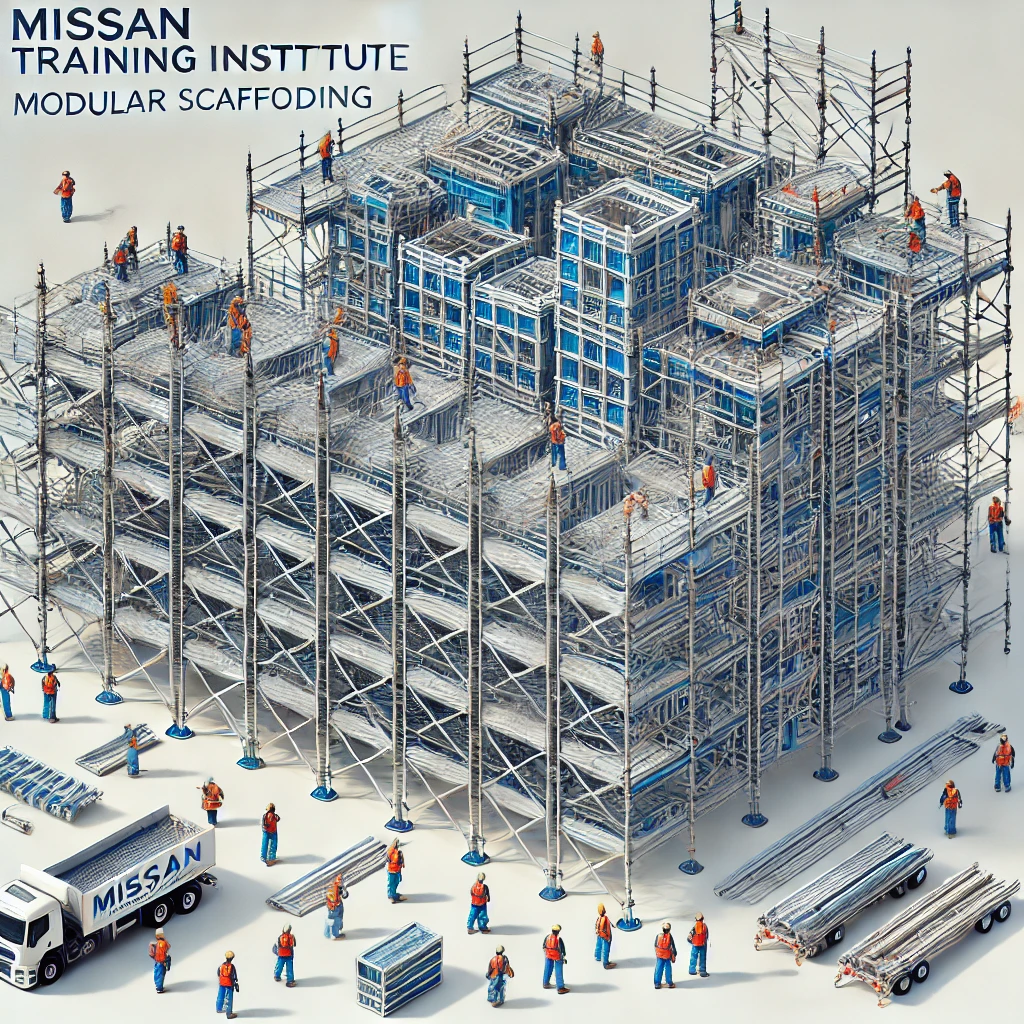
Description: Pre-engineered components make it easy to assemble and customize.
Applications: Suitable for large-scale construction projects and complex structures.
Modern Developments in Scaffolding
- Lightweight Materials: Modern scaffolding uses lightweight yet sturdy materials like aluminum, making it easier to transport and assemble.
- Advanced Safety Features: Incorporating guardrails, anti-slip platforms, and harnesses enhances worker safety.
- Automation: Motorized and robotic scaffolding systems improve efficiency and reduce labor requirements.
- Sustainable Practices: Recyclable materials and eco-friendly designs are becoming increasingly popular.
Scaffolding has come a long way from its ancient roots to modern, high-tech designs. Its evolution reflects advancements in materials, engineering, and safety standards. Whether for small repair jobs or massive construction projects, scaffolding remains a cornerstone of the construction industry.
السقالات في البناء: تطورها، أنواعها، والاتجاهات الحديثة
السقالات هي هيكل مؤقت يُستخدم لدعم العمال والمواد أثناء عمليات البناء أو الصيانة أو الإصلاح. تلعب السقالات دورًا أساسيًا في ضمان السلامة والكفاءة في المشاريع الإنشائية، حيث تتيح الوصول إلى الأماكن الصعبة. يستعرض هذا المقال تاريخ السقالات، وأنواعها، وتطورها على مر الزمن
تاريخ السقالات
يرجع تاريخ السقالات إلى آلاف السنين. استخدمت الحضارات القديمة مثل المصريين والإغريق والصينيين سقالات بدائية مصنوعة من الخشب والحبال لبناء معالمهم الشهيرة كالأهرامات والمعابد.
في العصور الوسطى، تطورت السقالات بتصاميم أكثر تقدمًا لبناء الكاتدرائيات والقلاع. وفي القرن العشرين، أحدث استخدام الفولاذ والألمنيوم ثورة في السقالات، مما جعلها أكثر متانة وتنوعًا. تضمنت التطورات الحديثة أنظمة السقالات المعيارية التي يسهل تركيبها وتفكيكها، بالإضافة إلى ميزات الأمان المحسّنة مثل الدرابزين وآليات القفل
أنواع السقالات
السقالة المفردة
الوصف: تُستخدم عادةً في أعمال البناء بالطوب، وتتكون من صف واحد من الدعامات الرأسية (المعايير) المتصلة بالعوارض الأفقية
الاستخدامات: مناسبة للمشاريع الصغيرة والهياكل ذات الارتفاع المحدود

السقالة المزدوجة
الوصف: تُستخدم غالبًا في أعمال البناء بالحجر، وتتضمن صفين من الدعامات الرأسية لتحقيق استقرار أكبر
الاستخدامات: مثالية للمشاريع التي تكون فيها سطح الجدار غير متساوي أو صعب الدعم

السقالة الكابولية
الوصف: تُدعم من طرف واحد، وتُستخدم عندما لا يمكن للأرض تحمل وزن السقالة
الاستخدامات: مفيدة للمشاريع في الشوارع المزدحمة أو بالقرب من المباني الطويلة حيث يصعب الوصول إلى الأرض

السقالة المعلقة
الوصف: تكون المنصات معلقة بواسطة الحبال أو السلاسل، مما يسمح بتحريك السقالة عموديًا
الاستخدامات: تُستخدم عادةً في أعمال الطلاء والتنظيف والإصلاح للمباني العالية

السقالة القابلة للتحريك
الوصف: تتكون من منصات قابلة للتحريك مدعومة على ثلاثيات أو سلالم
الاستخدامات: تُستخدم داخل المباني لأعمال خفيفة مثل الطلاء أو التجصيص

السقالة الفولاذية
الوصف: مصنوعة من أنابيب فولاذية ووصلات، وهي شديدة المتانة والتنوع
الاستخدامات: مفضلة للمشاريع الثقيلة والهياكل التي تتطلب معايير أمان عالية

السقالة المعيارية
الوصف: مكوناتها مسبقة التصميم تجعل من السهل تركيبها وتخصيصها
الاستخدامات: مناسبة للمشاريع الإنشائية واسعة النطاق والهياكل المعقدة

التطورات الحديثة في السقالات
مواد خفيفة الوزن: تُستخدم مواد خفيفة الوزن لكنها قوية مثل الألمنيوم، مما يجعل النقل والتركيب أسهل
ميزات أمان متقدمة: تتضمن الدرابزين، المنصات غير القابلة للانزلاق، وأحزمة الأمان لتحسين سلامة العمال
الأتمتة: تُحسن الأنظمة المسيرة آليًا وكهربائيًا من الكفاءة وتقلل من متطلبات العمالة
الممارسات المستدامة: تُصبح المواد القابلة لإعادة التدوير والتصاميم الصديقة للبيئة أكثر شيوعًا
قطعت السقالات شوطًا طويلًا من جذورها القديمة إلى التصاميم الحديثة المتطورة. يعكس تطورها التقدم في المواد والهندسة ومعايير السلامة. سواء كانت للأعمال الصغيرة أو المشاريع العملاقة، تظل السقالات حجر الزاوية في صناعة البناء.
